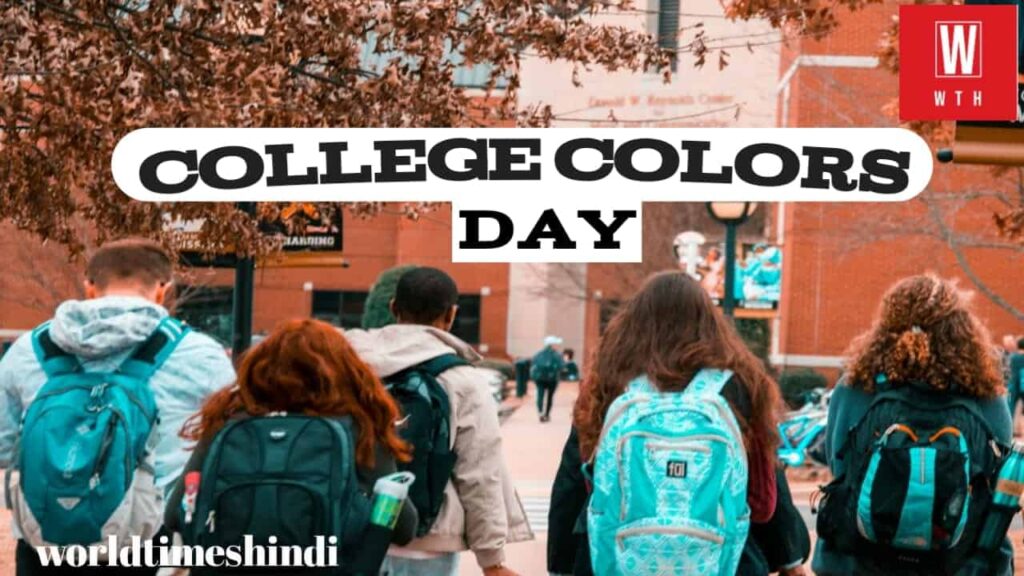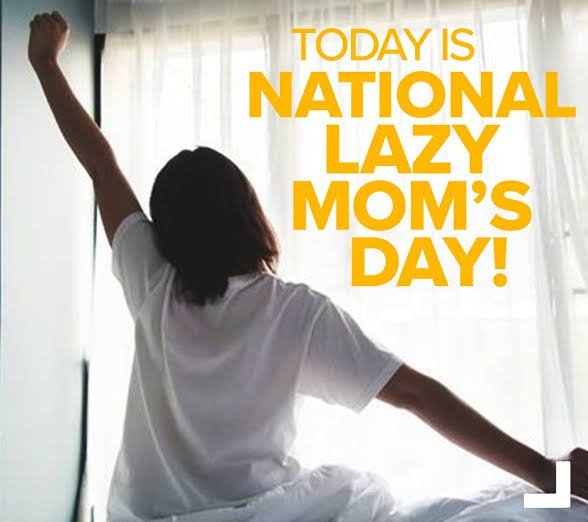National Doodle Day – September 3, 2022, history, significance why we celebrate
Drawing to make a difference is the key focus of National Doodle Day, an annual fundraising event held each year on September 3. On this day, selected famous people from the art, sports, and entertainment world are encouraged to pick up writing instruments and create doodles, which are then auctioned off to the highest bidders online. The proceeds go to support those affected by epilepsy and increase research in this area. The date used to fall on September 17 but now changes every year.
History of National Doodle Day

National Doodle Day was first established by Epilepsy Action in the year 2004. Epilepsy Action is an organization that aims at helping people who have Epilepsy, a disorder in which the nerve cell activity in the brain is disturbed, and it causes seizures. National Doodle Day by this organization will invite all the doodlers to doodle for fun and help them raise a ton of Epilepsy research and support.
“Drawing a line through epilepsy” is the tagline that heads the campaign. The participants can take part by submitting their doodle, along with a small donation. The Doodle Day team then judges the best doodles among all other doodlers who had participated in the event to provide them with a chance of winning a prize.
It doesn’t stop with the prize rather their artistic doodle will get displayed in the National Doodle Day’s Hall of Fame. Doodle Day celebrations had so far had raised funds over £15,300 for Epilepsy Action. The fund has supported 600,000 people living with epilepsy by giving them specialist advice and thus enabling the people to live free from stigma, prejudice, and discrimination. Every doodle art will somehow support a person to get away from the deadly disease. Let your hands draw a doodle to support the life of others.
NATIONAL DOODLE DAY TIMELINE
1452 — 1519
Leonardo Da Vinci’s Doodles
Da Vinci is a prolific doodler, scribbling important inventions (helicopter, submarine, tank, parachute), animal skeletons, life drawings of fetuses in the womb — amongst other things — at the edges of his manuscripts
.
1936
Doodling is Now ‘Drawing’
‘Absent-minded scribbling’ is the definition provided in the movie “Mr. Deeds Goes to Town,” and the word ‘doodle’ gains popularity after this film is released.
1963
From Boredom to a Mathematical Breakthrough
Mathematician Stanislaw Ulam doodles numbers at a boring lecture and realizes all prime numbers form a particular square spiral path; mathematicians agree that this is a significant discovery for their field
1998
The Google Doodle Goes Live
The founders of Google show they are out of the office for the Burning Man festival, and draw a stick figure behind the second ‘o’ of Google to create the first Google Doodle.
2004
Doodles for Epilepsy
The charity organization, Epilepsy Action, establishes National Doodle Day to raise funds for epilepsy awareness and treatment.
HOW TO OBSERVE NATIONAL DOODLE DAY
Doodle away
Sketch, draw, and scribble doodles for the people in your life who suffer from epilepsy. You can even participate in doodle events held around this day.
Learn more about doodles (and epilepsy)
Read up on the first doodles, how they are associated with stress relief, and how doodling can raise money for epilepsy. You can even find out more about the medical condition and how to help people afflicted by it.
Contribute to the epilepsy cause
Donate your doodles to the cause, if you can, by reaching out to art societies and places holding Doodle Day events. You can share your doodles online to spread more awareness of this event and the noble purpose behind it.
5 IMPORTANT FACTS ABOUT DOODLING
Famous participants
The list of famous people doodling to support the cause is long and includes actors Stephanie Cole and Michelle Dockery, fashion designer Christina Stambolian, authors Jez Alborough and Helen Craig, and many more
These people were all doodlers
John Keats, Sylvia Plath, Thomas Jefferson, Rabindranath Tagore, and even Ronald Reagan were famous for doodling all over their work.
A glimpse into our soul
Doodles inadvertently reveal our innermost thoughts and show what the mind comes up within its most unguarded moments.
Doodling provides an escape valve
When we feel pressured, doodling can help us alleviate this in a playful and creative way.
Doodling gives the brain a break
Researchers believe doodling can help the brain remain focused by giving parts of the brain a break, allowing us to absorb and retain more information overall.
WHY NATIONAL DOODLE DAY IS IMPORTANT
We love doodling
It has health benefits in that it is thought to improve brainpower. It’s also fun and we can let our imaginations run wild.
We’re doodling for a good cause
Epilepsy is on the list of most common neurological diseases and comes in fourth after migraines, strokes, and Alzheimer’s. Our support can help raise awareness about epilepsy, and help people with this illness live free of prejudice and stigma.
Giving support was never this easy
Doodling barely takes any time to complete. It’s an easy, simple, and valuable way to show support.
How to Celebrate National Doodle Day
The best way to celebrate the day is to donate your doodle art for Epilepsy Action as support from your side for those suffering. You can even ask your friends and family to scrap their creativity and donate it as a whole. You can post and share your doodle and National Doodle Day pictures on social media using the hashtag #NationalDoodleDay.
NATIONAL DOODLE DAY FAQS
What day is National Doodle Day?
In 2004, the British charity organization Epilepsy Action established the first National Doodle Day. It has been held in September ever since and has reportedly supported 600,000 people living with epilepsy so far.
What is a doodle?
A doodle is a drawing made by someone whose mind is otherwise occupied at the time. Examples include drawings in the margins of school textbooks, meeting notes, etc.
What is the purpose of a doodle?
According to research, doodles have long-term neurological and physical effects. It can calm us, help us process information faster, and help break a creative block.



